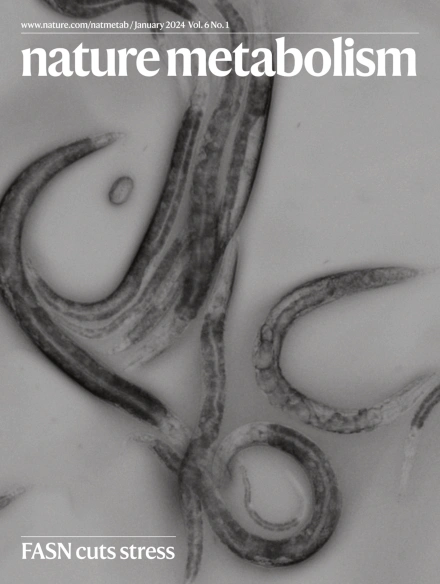The time is now: accounting for time-of-day effects to improve reproducibility and translation of metabolism research
IF 20.8
1区 医学
Q1 ENDOCRINOLOGY & METABOLISM
引用次数: 0
Abstract
The constant expansion of the field of metabolic research has led to more nuanced and sophisticated understanding of the complex mechanisms that underlie metabolic functions and diseases. Collaborations with scientists of various fields such as neuroscience, immunology and drug discovery have further enhanced the ability to probe the role of metabolism in physiological processes. However, many behaviours, endocrine and biochemical processes, and the expression of genes, proteins and metabolites have daily ~24-h biological rhythms and thus peak only at specific times of the day. This daily variation can lead to incorrect interpretations, lack of reproducibility across laboratories and challenges in translating preclinical studies to humans. In this Review, we discuss the biological, environmental and experimental factors affecting circadian rhythms in rodents, which can in turn alter their metabolic pathways and the outcomes of experiments. We recommend that these variables be duly considered and suggest best practices for designing, analysing and reporting metabolic experiments in a circadian context. This broad group of authors summarizes the impact of circadian factors on metabolic biology and offers recommendations on how to account for and report biological, environmental and experimental factors affecting circadian rhythms in metabolic studies in rodents.


时间就是现在:考虑一天中的时间效应,以提高代谢研究的可重复性和转译性
代谢研究领域的不断扩大,使人们对代谢功能和疾病背后的复杂机制有了更细致和更复杂的理解。与神经科学,免疫学和药物发现等各个领域的科学家合作,进一步增强了探索代谢在生理过程中的作用的能力。然而,许多行为、内分泌和生化过程以及基因、蛋白质和代谢物的表达都有每天~24小时的生物节律,因此只在一天中的特定时间达到峰值。这种日常变化可能导致不正确的解释,在实验室之间缺乏可重复性,并在将临床前研究转化为人类方面面临挑战。在这篇综述中,我们讨论了影响啮齿动物昼夜节律的生物、环境和实验因素,这些因素反过来可以改变它们的代谢途径和实验结果。我们建议适当考虑这些变量,并建议在昼夜节律背景下设计、分析和报告代谢实验的最佳实践。
本文章由计算机程序翻译,如有差异,请以英文原文为准。
求助全文
约1分钟内获得全文
求助全文
来源期刊

Nature metabolism
ENDOCRINOLOGY & METABOLISM-
CiteScore
27.50
自引率
2.40%
发文量
170
期刊介绍:
Nature Metabolism is a peer-reviewed scientific journal that covers a broad range of topics in metabolism research. It aims to advance the understanding of metabolic and homeostatic processes at a cellular and physiological level. The journal publishes research from various fields, including fundamental cell biology, basic biomedical and translational research, and integrative physiology. It focuses on how cellular metabolism affects cellular function, the physiology and homeostasis of organs and tissues, and the regulation of organismal energy homeostasis. It also investigates the molecular pathophysiology of metabolic diseases such as diabetes and obesity, as well as their treatment. Nature Metabolism follows the standards of other Nature-branded journals, with a dedicated team of professional editors, rigorous peer-review process, high standards of copy-editing and production, swift publication, and editorial independence. The journal has a high impact factor, has a certain influence in the international area, and is deeply concerned and cited by the majority of scholars.
 求助内容:
求助内容: 应助结果提醒方式:
应助结果提醒方式:


